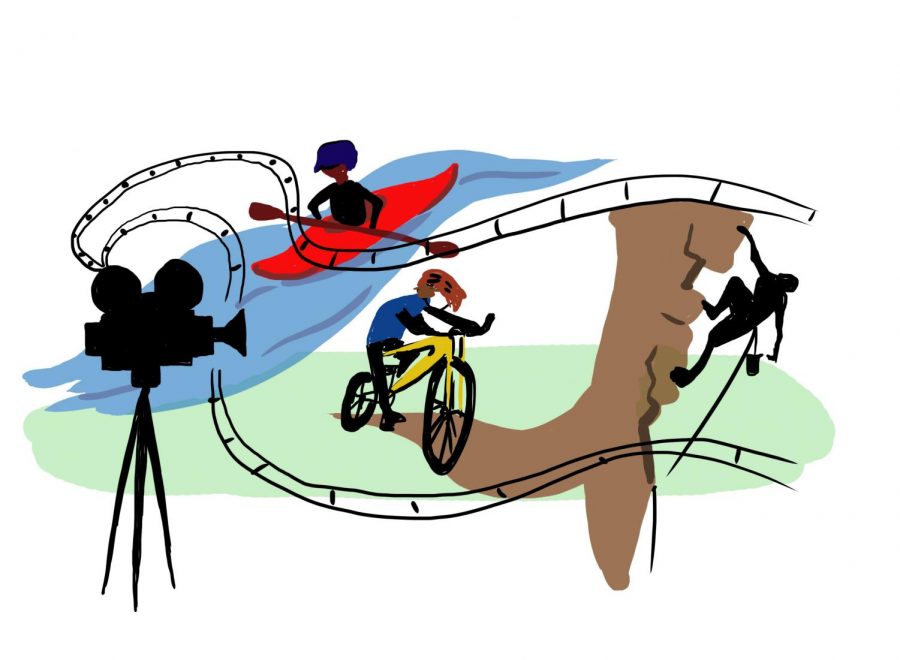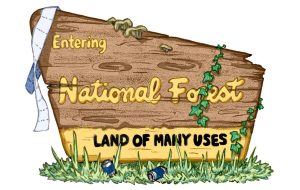Banff Mountain Film Festival in review
February 6, 2020
Last Wednesday, Jan. 29, the Walla Walla community packed into Cordiner Hall for the annual Banff Mountain Film Festival. One of the many stops on its 285+ destination world tour, Banff showcases a variety of short films about outdoor recreation and adventure. With tickets free for Whitman students and faculty, the roughly three-and-a-half-hour screening kicked off at 7 p.m.
Gift card prizes were raffled off to audience members, and while senior Lucy Harper conceded that “it was really long,” she enjoyed her experience overall.
Senior Bella Rivera, who attended Banff for the first time this year, had some criticisms of the subject matter.
“Some of it was cool, but a lot of it seemed like your typical outdoorsy, rich kid stuff,” Rivera said.
These very same complaints are often articulated by Whitman students regarding our own campus, and Banff’s presentation of stories that follow predominantly white, affluent and able bodied people – who have time and access to pursue mountain biking or ice climbing – opens up a larger discussion about privilege.
However, while viewers noted Banff Film Festival’s regurgitation of stale narratives that do not acknowledge the class, race and ableist privileges implicit in the outdoor film genre, the films featured a widening array of people from different backgrounds.
Most specifically, the films placed an emphasis on community-building, friendship and activism, highlighting an inclusive climbing gym in Memphis, an athlete’s motivation from his mother and a slack-line across the U.S/Mexico border.
Among the films that departed from the not self-aware, purist approach to outdoor experiences was the festival’s feature length film “Into the Canyon,” which Rivera liked the best. It focused on the heartwarming male friendship between filmmaker Pete McBride and writer Kevin Fedarko as they hiked across the entire Grand Canyon. The film alternates between covering their personal narrative as they make the dangerous trek and the man-made threats that plague the canyon.
“I loved the guys, they were really good characters, they were hilarious and the feat they set out to do was really impressive,” said sophomore OP Rental Shop employee Lea Molacek.
The film dealt with the harmful effects that the tourism industry inflicts upon the Navajo people and their land, ranging from constant helicopter tours over the canyon to the proposed Grand Escalade staircase that would cut down through the canyon. The film also highlighted the Havasupai reservation’s alarm over a uranium mining site that was polluting ground water.
Seizing Native lands as the government sees fit, these flagrant abuses often go unnoticed and unchecked. Overall, the two men’s journey attempted to raise awareness for these persistent threats to Native Americans’ cultures, lands and livelihoods.
Overall, the film was praised for bringing attention to issues that are inextricable from outdoor recreational land use, and cannot and should not be ignored by those who claim to love the outdoors. “Into the Canyon” helps to challenge our notions of pristine and unoccupied wilderness, and gives a voice to those who stand to lose the most from land development, climate change and pollution.





